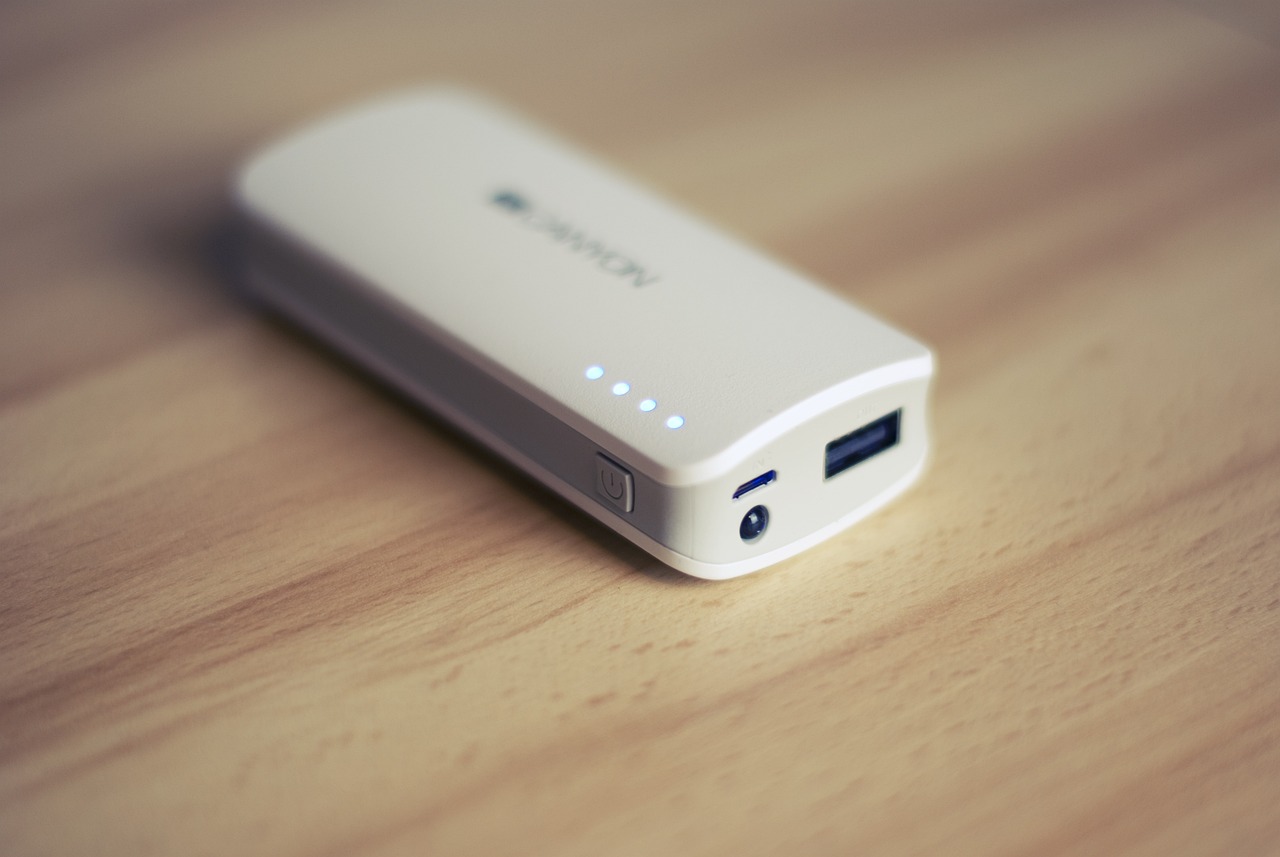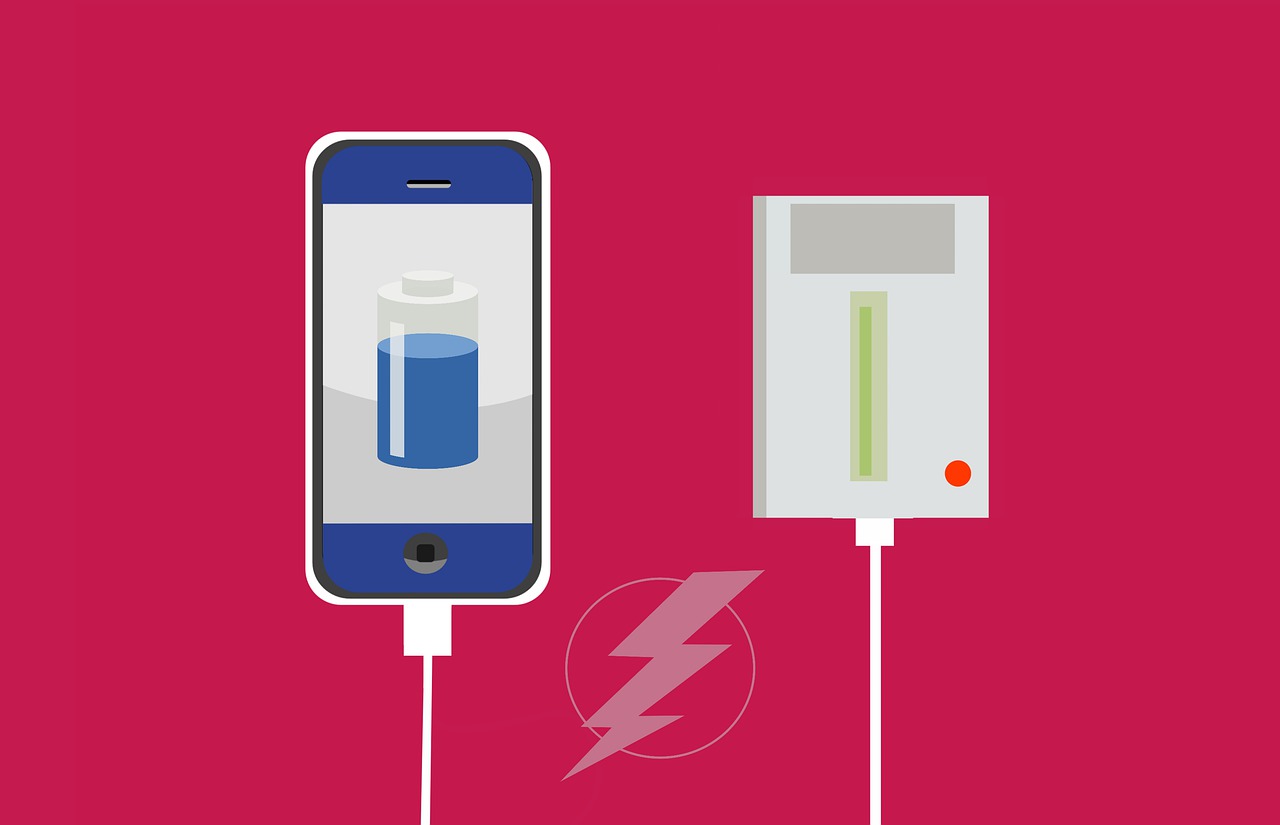Power banks have become an indispensable accessory in our modern lifestyle, providing portable and convenient charging solutions for our electronic devices on the go.
However, like any electronic device, power banks can encounter issues that may hinder their performance.
If you find that your power bank is not charging properly, overheating, or experiencing battery drain or damage, a simple reset can often resolve these problems.
In this post, we will explore how to reset a power bank, including specific instructions for popular brands like Anker, Samsung, and Xiao Mi.
We will also provide valuable maintenance tips to help prolong the lifespan of your power bank.

When to Reset Your Power Bank
Before we delve into the steps to reset a power bank, let’s discuss when it becomes necessary to do so. Some common scenarios that may indicate the need for a reset include:
- Malfunctioning or inconsistent charging
- Overheating
- Battery drain or damage
If you are experiencing any of these issues with your power bank, a reset may help resolve them.
How to Reset a Power Bank: General Steps
Resetting a power bank is a relatively straightforward process that applies to most brands. Here are the general steps to follow:
- Turn off your power bank – If your power bank has a power button, press and hold it until it turns off. If it does not have a power button, unplug it from any charging source.
- Disconnect any devices or cables from your power bank.
- Locate the reset button – This is usually a small button or pinhole located on the side or back of the power bank.
- Press and hold the reset button for a few seconds.
- Release the reset button and turn on your power bank.
- Wait for your power bank to fully charge before using it again.
How to Reset an Anker Power Bank
Anker power banks are known for their durability, high-speed charging, and universal compatibility. If you own an Anker power bank and are facing charging issues, here’s how you can reset it:
- Plug the Micro input port and USB output port together using the USB cable provided.
- Keep the cable connected for approximately 15 seconds before detaching it.
- Once the LED lights stop flashing or the power bank stops blinking, your Anker power bank has been successfully reset and is ready to use.
- Reboot your power bank and evaluate its performance once the device has been reset.
Power Bank Maintenance Tips
Maintaining your power bank is crucial for its long-term performance and durability. Here are some useful power bank maintenance tips to fix power bank issues or keep your device in top condition:
- Store your power bank properly: When not in use, keep your power bank in a cool, dry place away from direct sunlight and moisture. Avoid exposing it to extreme temperatures as this can damage the battery.
- Charge your power bank regularly: Regularly charging your power bank, even if you’re not using it, can help maintain its battery life. It is recommended to charge your power bank every three months if it’s not in use.
- Use the right charging cable: Always use the charging cable that came with your power bank or a compatible cable from a reputable brand. Using a low-quality or incompatible cable can damage your power bank and lead to charging issues.
- Avoid overcharging or undercharging: Overcharging or undercharging your power bank can damage the battery and shorten its lifespan. It is recommended to unplug your power bank once it’s fully charged and avoid letting it completely drain before charging it again.
- Clean your power bank regularly: Wipe down your power bank with a soft, dry cloth to remove any dust or debris. Avoid using harsh chemicals or cleaning products as they can damage the surface of your power bank.
FAQ
Q: How long do power banks usually last?
The lifespan of a power bank varies depending on its quality, usage, and maintenance. On average, a good-quality power bank can last between 1.5 to 3 years or even longer with proper care. Anker power banks, for example, have a lifespan of around 500 charge cycles, equivalent to approximately 2-3 years of use.
Q: What can damage a power bank?
Exposure to high temperatures, humidity, or moisture, using the wrong charger or cable, overcharging or undercharging, physical damage, and charging while still connected to another device can all damage a power bank. It is important to avoid these factors and follow the manufacturer’s instructions to ensure the longevity of your power bank.
Q: How can I extend the life of my power bank?
To extend the life of your power bank, it is essential to store it properly in a cool, dry place, use the correct charger and cable, maintain a regular charging schedule, avoid physical damage, and keep the device clean. Implementing these practices will help maximize the battery life and overall performance of your power bank.
Q: Can a power bank explode?
While the chances of a power bank exploding are rare, it is important to use caution and follow safety guidelines. Low-quality power banks with faulty cells or improper usage, such as overcharging, can potentially lead to explosions. It is crucial to purchase power banks from reputable brands and avoid overcharging or using incompatible charging equipment.
Q: Should I charge a brand new power bank before using it?
Most manufacturers recommend charging a brand new power bank before its initial use. It is advisable to follow the instructions provided in the user manual for the specific power bank model. Typically, a new power bank takes 1-2 hours to fully charge.
Conclusion
Resetting a power bank can often resolve common charging issues and prolong its lifespan.
By following the general steps outlined above, you can reset your power bank and get it back to optimal performance. Additionally, specific instructions for resetting Anker power banks have been provided.
Remember to also implement proper maintenance practices to ensure the longevity of your device.
By storing it correctly, charging it regularly, using the right cables, avoiding overcharging or undercharging, and keeping it clean, you can enjoy the convenience of a reliable power bank for years to come.










